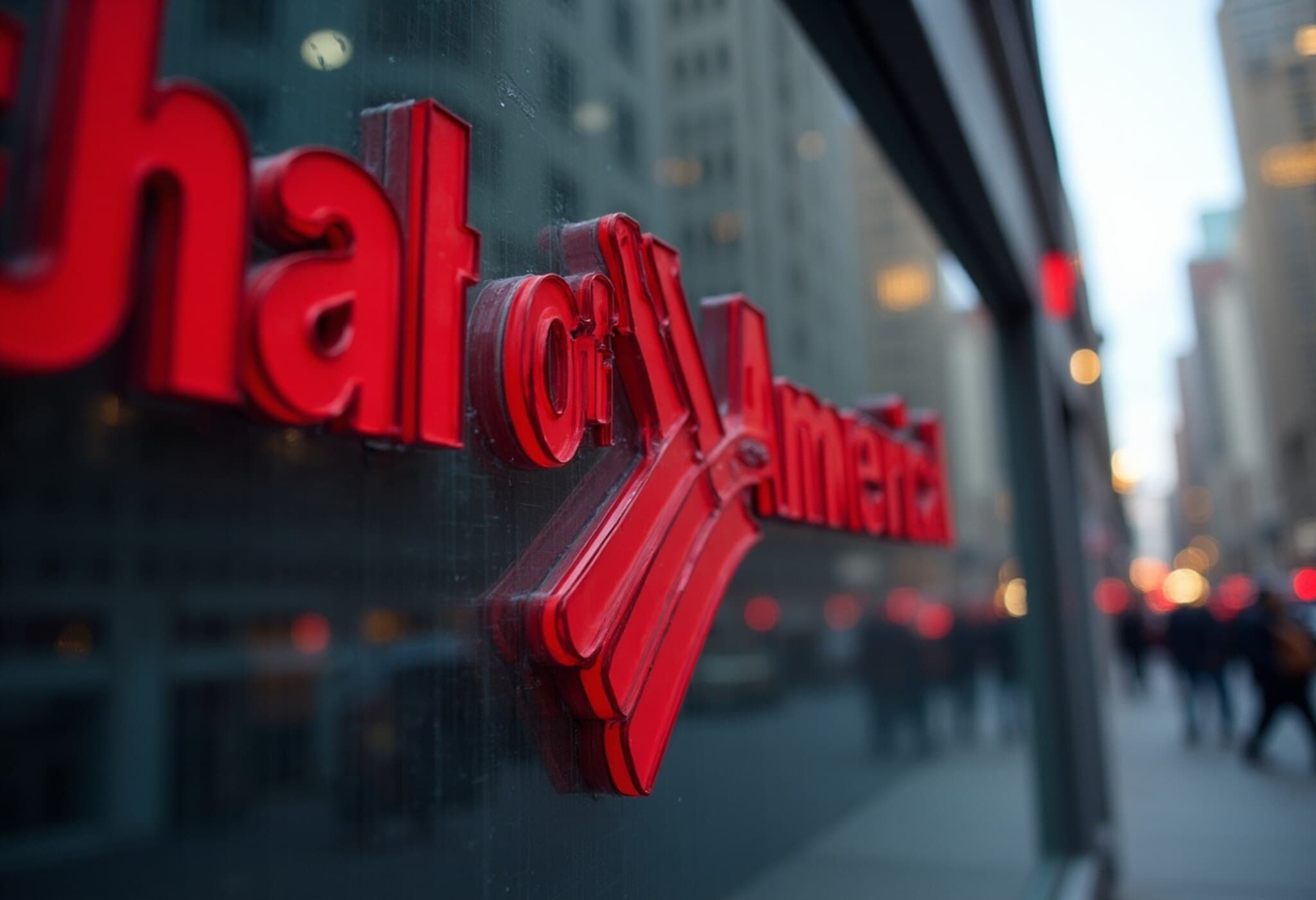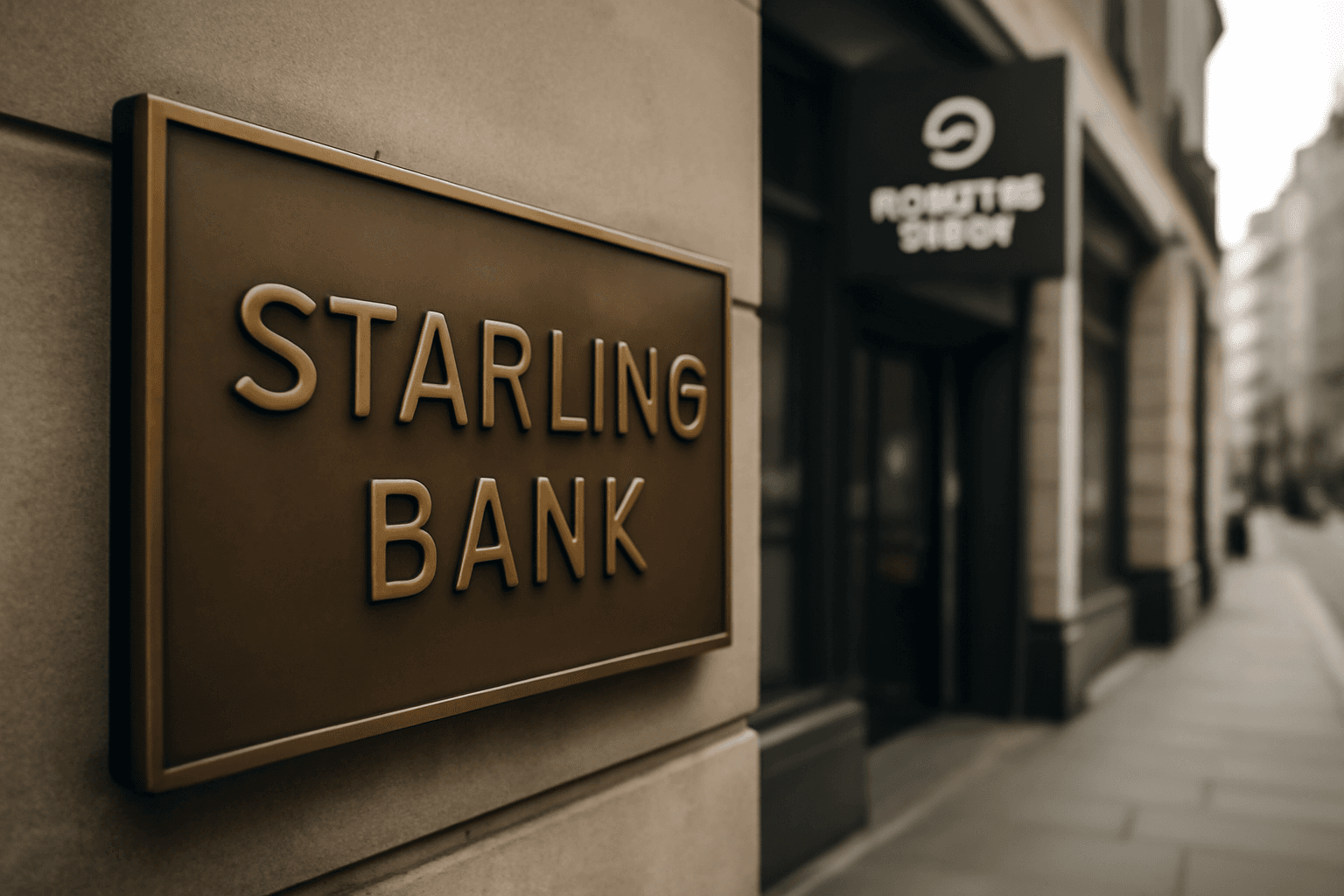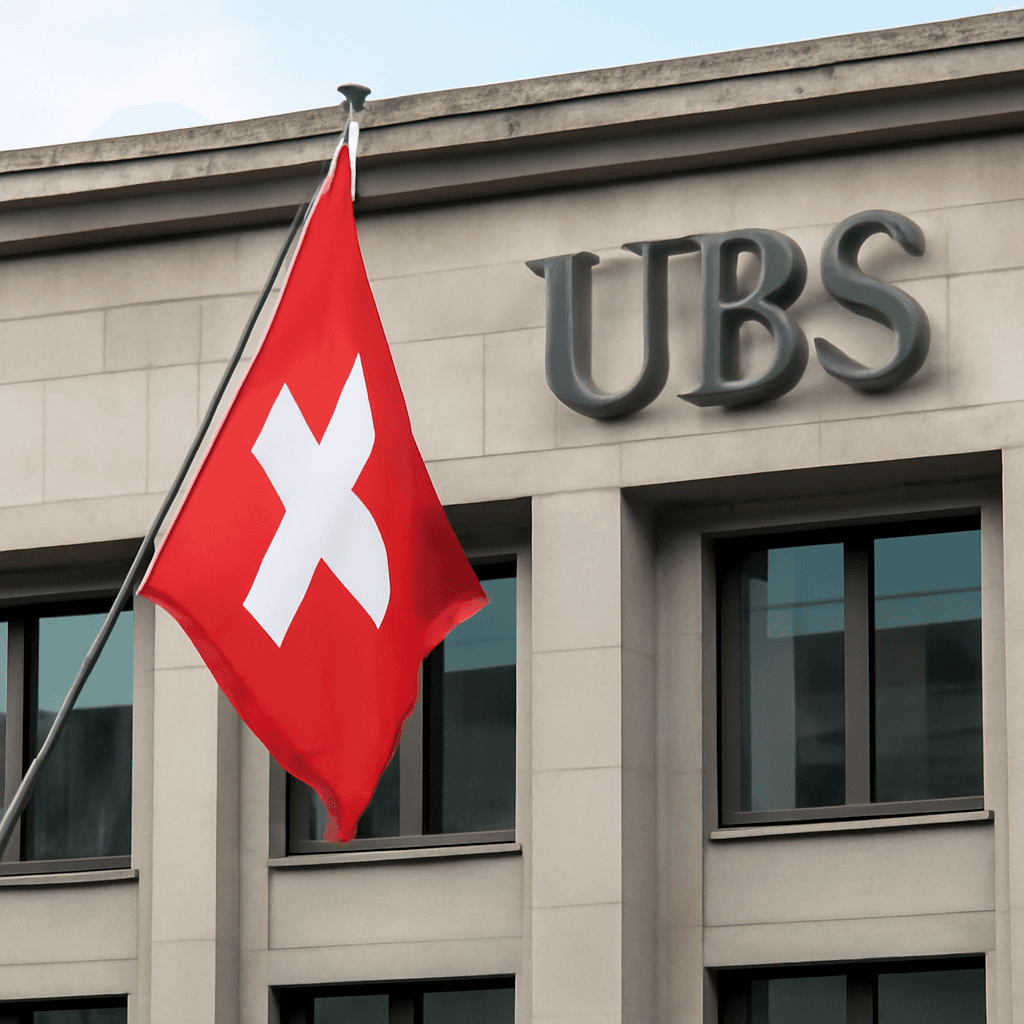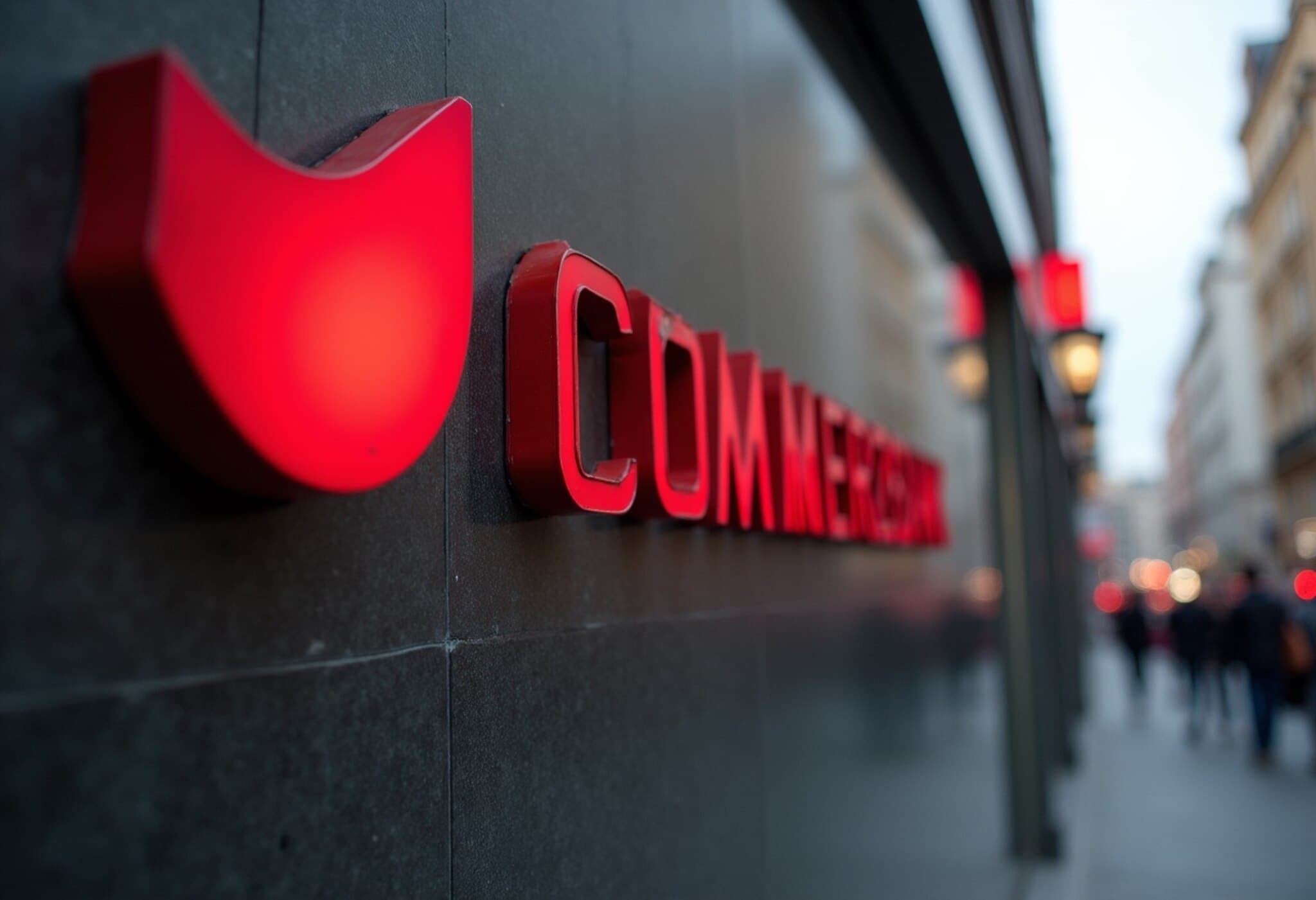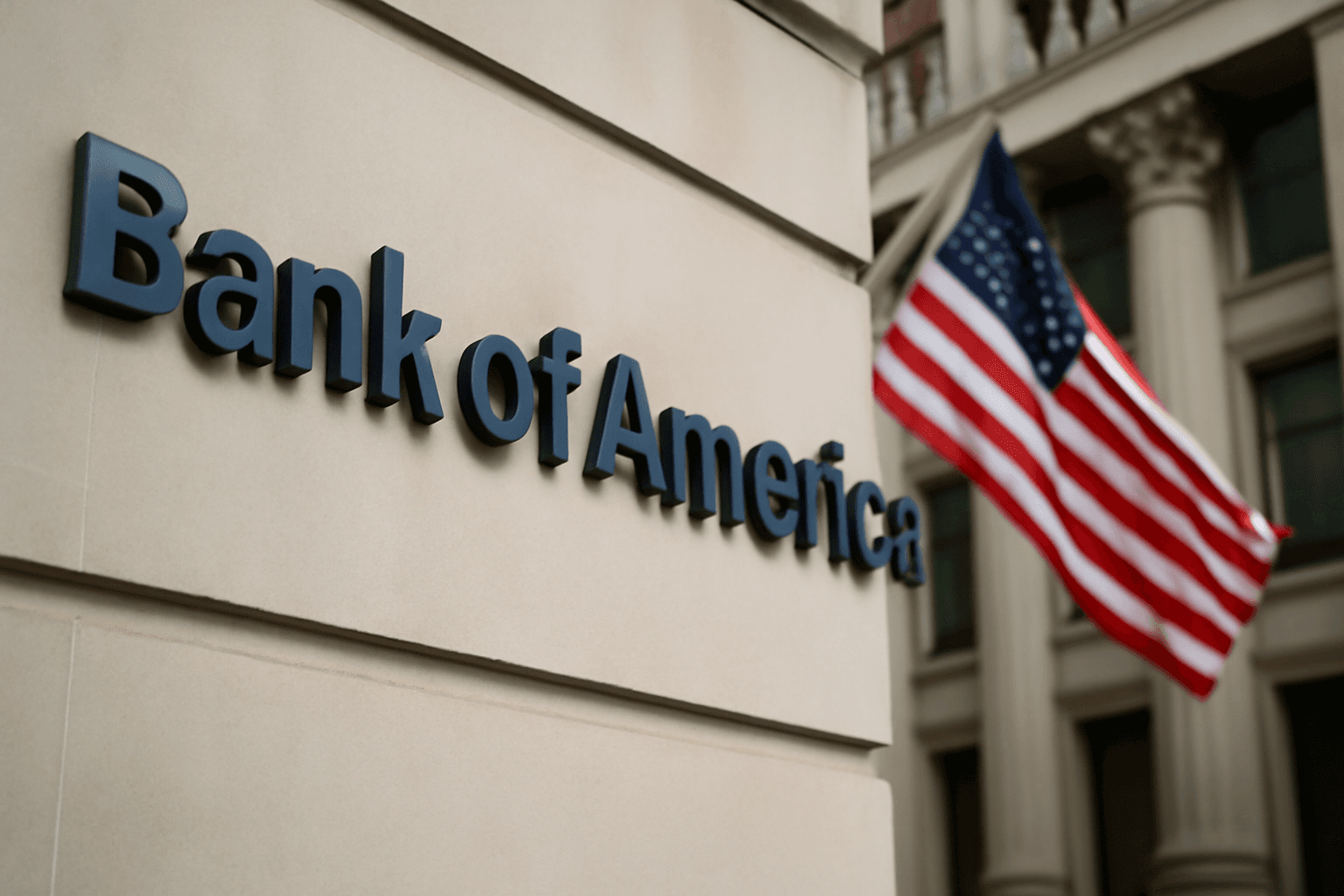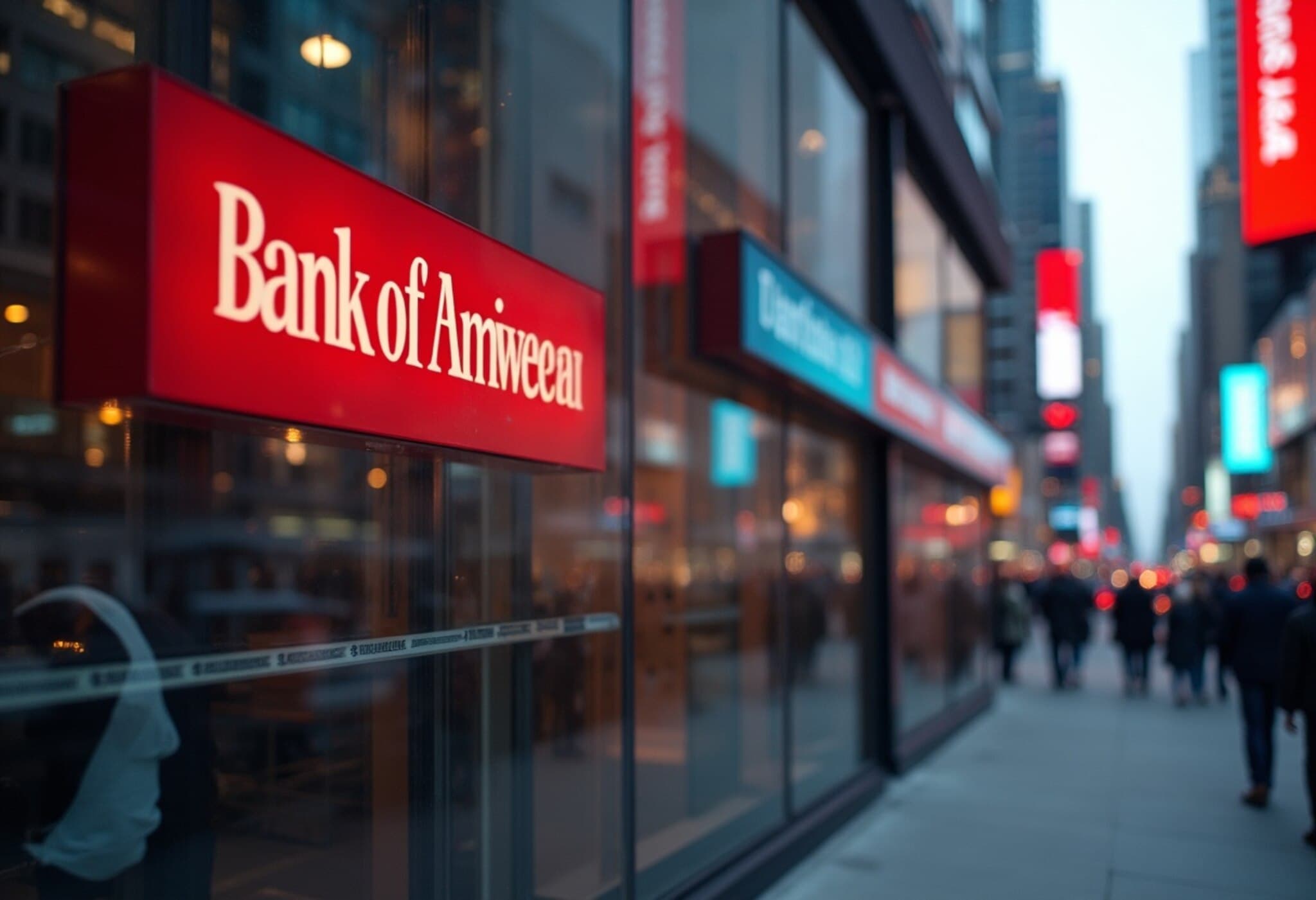Bank of America’s Q2 Performance Reflects Resilience Amid Mixed Signals
Bank of America (BoA), one of the biggest financial institutions in the U.S., reported its second-quarter results with a nuanced mix of positives and challenges. While earnings edged past analyst expectations, revenue narrowly missed the mark, shedding light on the complex dynamics shaping the banking sector this year.
Earnings Beat, But Revenue Slightly Disappoints
The bank posted earnings of 89 cents per share, outperforming the consensus estimate of 86 cents per share, signaling continued operational strength. However, its total revenue clocked in at $26.61 billion, slightly below the anticipated $26.72 billion.
Quarterly net profit rose nearly 3% year-over-year, reaching $7.12 billion. Despite this, net interest income (NII), a critical indicator of banking health, came in at $14.82 billion — falling short of forecasts by approximately $70 million.
Understanding Net Interest Income and Its Impact
NII represents the difference between the interest earned on loans and investments versus what banks pay depositors. BoA’s NII climbed about 7% compared to last year, a sign of steady core banking activity. Yet, growth was tempered as lower overall interest rates partially offset gains from rising deposits and loan volumes.
CEO Brian Moynihan highlighted this as BoA’s “fourth consecutive quarter of rising net interest income driven by both deposit and loan growth.” He noted that the bank’s markets businesses also experienced strong momentum, underscoring a balanced revenue base supported by diversified services.
Broader Industry Context: Consumer Resilience and Credit Markets
Moynihan specifically pointed to the resilience of American consumers amid economic uncertainty. Increased spending and solid asset quality, coupled with higher commercial borrower utilization rates, helped buoy the bank’s overall performance.
This consumer robustness is a vital counterweight in an environment where rising interest rates had threatened to dampen loan demand and tighten financial conditions.
Comparing Sector Peers
BoA’s results came in just a day after other major U.S. banks like JPMorgan Chase and Wells Fargo delivered earnings and revenue exceeding analysts’ hopes. These firms, too, benefited from strong trading operations and steady consumer credit demand.
Bank of America shares have already climbed approximately 5% year-to-date, reflecting investor confidence despite the slight revenue shortfall.
What This Means for Investors and the Economy
- For investors: The earnings beat suggests Bank of America’s management is navigating shifting interest rate landscapes and consumer behavior with some success. However, caution remains due to the revenue miss and tight margin pressures.
- For the U.S. economy: The bank’s ability to grow deposits and loans, alongside resilient consumer activity, signals underlying economic strength even as inflation and rate hikes challenge growth prospects.
Looking Ahead: Key Questions to Watch
As Bank of America and its peers continue to report quarterly results, several critical questions arise:
- Will the Federal Reserve’s future interest rate moves support higher net interest income without curbing loan demand?
- How will shifting consumer credit trends evolve amid potential economic headwinds?
- Can banks sustain non-interest income growth, such as trading revenue, amid volatile markets?
Tracking these will be crucial to understanding the broader trajectory of the banking sector and American financial health.
Editor’s Note
Bank of America’s latest quarterly performance encapsulates the delicate balancing act facing large U.S. banks: managing growth amid fluctuating interest rates and evolving consumer behavior. While earnings gains are encouraging, the subtle revenue miss invites a closer examination of underlying business segments and macroeconomic pressures. For readers and investors alike, the unfolding narrative underscores the importance of vigilance in monitoring policy shifts and market conditions that will shape the banking landscape in the months ahead.
This report will be updated as new information becomes available.

